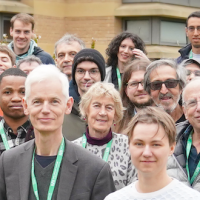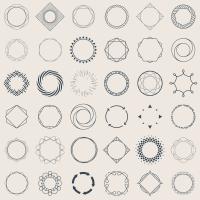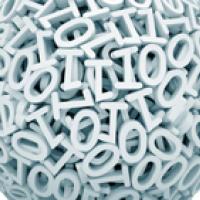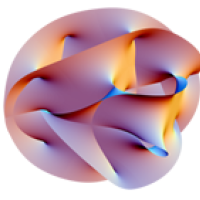
Happy birthday Timothy Gowers!
Eminent mathematicians from around the world gathered at the Isaac Newton Institute for Mathematical Sciences in April 2024 to celebrate both the mathematics and the 60th birthday of Timothy Gowers, Fields Medallist, Professor of Mathematics at the University of Cambridge and Professeur titulaire de la chaire Combinatoire at the Collège de France.
Gowers and many of the speakers at the workshop, including fellow Fields Medallist Terence Tao, have been pivotal in developing and experimenting with innovative ways for mathematicians to collaborate. Tao's talk highlighted very recent work with Gowers and others, which spans both the traditional way of doing maths and a new and revolutionary approach using computers to harness the power of human collaboration.
How to (im)prove mathematics — Find out how a story starting with the simple notion of counting ends in a revolutionary new way of doing maths that uses computers to harness the power of human collaboration!
Background reading
Maths in a minute: Combinatorics — The area of maths that considers how to count or arrange things is called combinatorics.
Maths in a minute: Partition functions — An important example of research in combinatorics is counting the number of ways you can write a natural number as the sum of smaller such numbers, called partitioning a number.

Groups: the basics — Groups are mathematical objects that emerged from the study of symmetry and structure and have become a core part of the language of modern maths and physics.

Maths in a minute: Binary numbers — Tao and Gowers proved a result in combinatorics, initially for a specific kind of group where addition operates on strings of binary numbers.

Information is surprise — Surprisingly, the key to proving the result was an important concept from information theory. Tao and Gowers used Shannon entropy – the minimum number of binary digits, or bits, needed to encode a message.
Further reading

String theory: Convincing mathematics — Partitioning a number may seem like a simple idea, but it has been, and continues to be, a rich source of fascinating research in maths and physics.
The murmuration conjecture: finding new maths with AI — Gowers and Tao are also exploring what mathematics can learn from artificial intelligence. While Gowers is focussing on what AI can learn from human methods of doing maths, recent research has already had some success in developing new mathematics by harnessing the power of AI to spot patterns in data.
This content was produced as part of our collaboration with the Isaac Newton Institute for Mathematical Sciences (INI). The INI is an international research centre and our neighbour here on the University of Cambridge's maths campus. The Newton Gateway is the impact initiative of the INI, which engages with users of mathematics. You can find all the content from the collaboration here.
